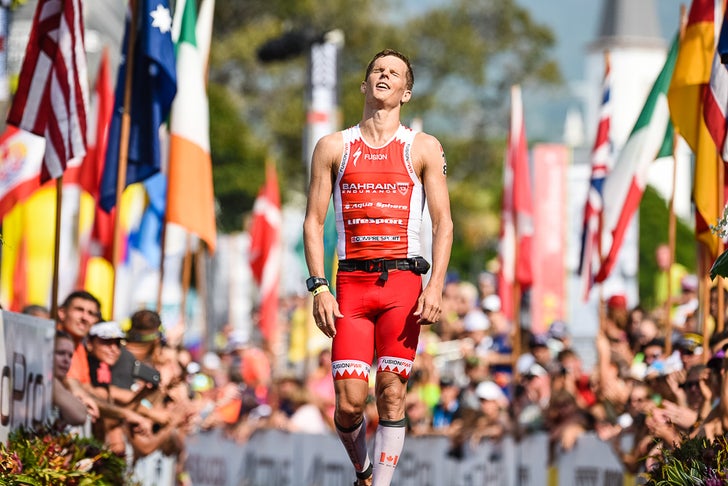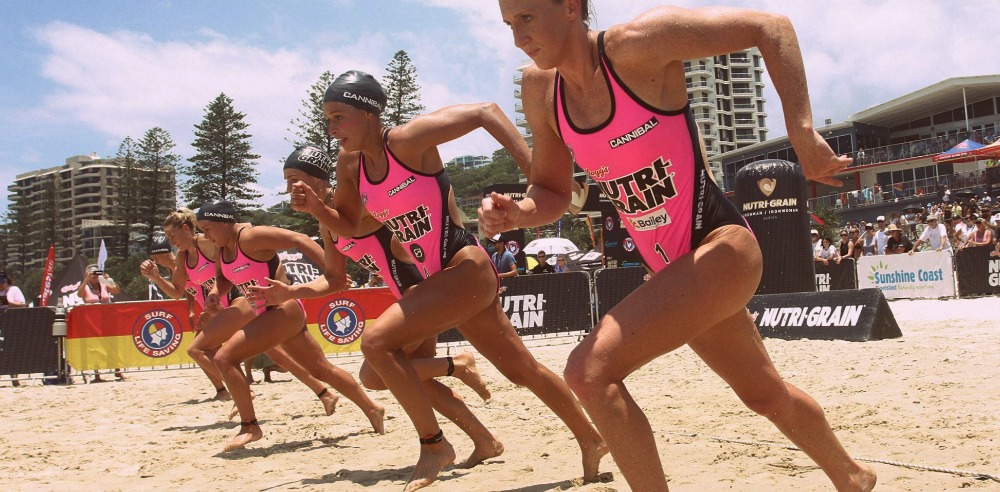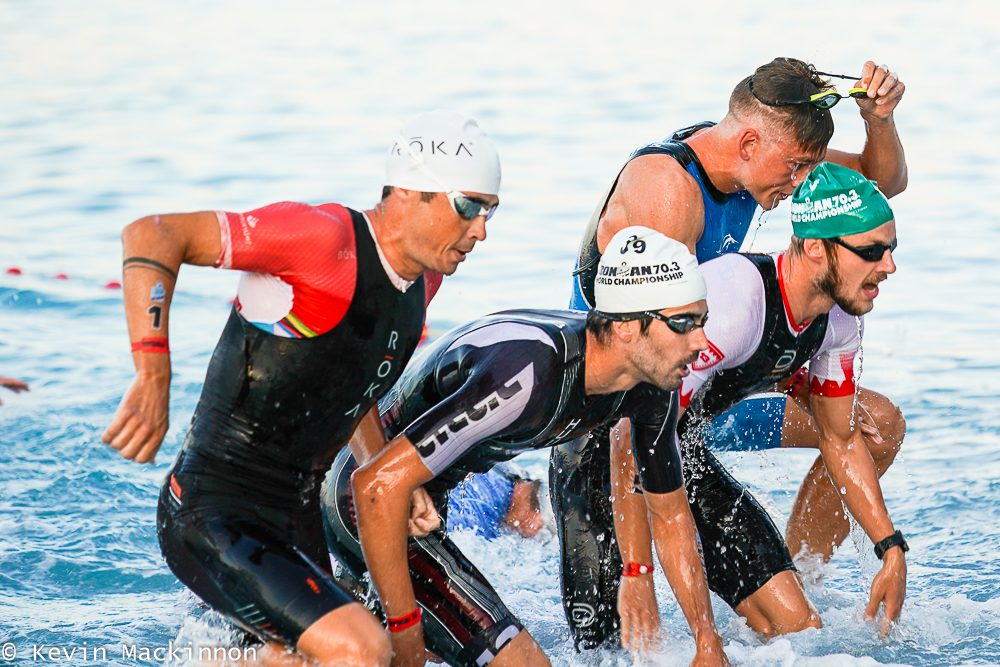Iron Man Sports: An Overview
Iron Man sports, also known as triathlons, are a unique and challenging combination of three disciplines: swimming, cycling, and running. These endurance events test an athlete’s physical and mental stamina, showcasing their ability to conquer various terrains and distances. The origins of Iron Man sports can be traced back to the 1970s when the first modern long-distance race took place in Hawaii. Since then, the sport has evolved, gaining popularity worldwide and attracting a diverse range of participants.
Swimming Techniques for Iron Man Competitions
Swimming is the first discipline in an Iron Man sport, and mastering efficient techniques is crucial for a successful performance. Proper body positioning, stroke mechanics, and breathing are the three key elements that athletes should focus on. First, maintaining a horizontal and streamlined position in the water reduces drag and conserves energy. Second, efficient stroke mechanics involve long and smooth arm strokes, high elbow recovery, and a balanced kick. Lastly, effective breathing techniques ensure adequate oxygen intake while minimizing water resistance.
In addition to these fundamentals, specific swimming gear can enhance performance. Wetsuits, for instance, provide buoyancy and insulation, allowing athletes to swim faster and conserve energy. Hand paddles, pull buoys, and fins can help develop upper body strength, core stability, and ankle flexibility. However, athletes should use these aids judiciously during training to avoid over-reliance on them.
Cycling Essentials for Iron Man Triathlons
Cycling is the second discipline in an Iron Man sport, and it plays a crucial role in overall performance. Aerodynamics, bike fit, and training regimens are essential factors that athletes should consider. Aerodynamics involves reducing air resistance by optimizing body positioning, clothing, and equipment. A well-fitted bike can significantly improve power transfer, reduce strain, and prevent injuries. Training regimens should focus on building endurance, strength, and speed, with a balance of long rides, interval sessions, and recovery days.
Popular Iron Man-specific bicycles often feature lightweight frames, integrated components, and aerodynamic designs. Accessories such as aero bars, power meters, and heart rate monitors can help athletes optimize their performance and monitor their progress. However, it’s crucial to invest in high-quality equipment that suits individual needs and preferences, rather than relying solely on trendy or expensive gear.
Running Tips and Tricks for Iron Man Success
Running is the final discipline in an Iron Man sport, and it requires careful planning and execution to ensure optimal performance. Successful running strategies involve pacing, nutrition, and recovery. Pacing is crucial to maintain a consistent speed throughout the marathon portion of the race. Athletes should aim to start at a comfortable pace, gradually increasing their effort as they become more fatigued. Proper nutrition and hydration are essential to maintain energy levels and prevent dehydration. Consuming carbohydrates, electrolytes, and fluids during the race can help athletes sustain their performance.
Essential running gear for Iron Man events includes lightweight, breathable clothing, and supportive footwear. Choosing the right shoes is vital to prevent injuries and ensure comfort during long runs. Athletes should consider factors such as foot type, running style, and terrain when selecting their footwear. Compression socks or sleeves can also help improve circulation and reduce muscle soreness. However, athletes should avoid experimenting with new gear or nutrition plans on race day, as this can lead to discomfort or unexpected issues.
How to Train for an Iron Man Sport
Training for an Iron Man sport requires careful planning, dedication, and discipline. A comprehensive training plan should include a mix of swimming, cycling, and running workouts, along with cross-training activities and tapering strategies. Athletes should aim to build a solid aerobic base by gradually increasing their weekly mileage and duration. Interval sessions, hill repeats, and tempo runs can help improve speed, power, and endurance.
Cross-training activities such as yoga, Pilates, and strength training can help prevent injuries, improve flexibility, and build functional strength. Adequate rest and recovery are also essential components of a successful training plan. Athletes should aim to get at least seven to eight hours of sleep per night and incorporate regular massage, stretching, and foam rolling into their routine. Tapering strategies involve reducing training volume and intensity in the weeks leading up to the race to ensure optimal performance and freshness on race day.
Mental preparation is another crucial aspect of Iron Man training. Athletes should develop a positive mindset, set realistic goals, and practice visualization techniques. Race-day logistics, such as nutrition planning, equipment checks, and travel arrangements, should also be carefully considered to minimize stress and maximize performance.
Real-Life Iron Man Sport Success Stories
Iron Man sports have captured the imagination of athletes and spectators alike, inspiring countless individuals to push their limits and achieve the seemingly impossible. This section highlights inspiring success stories from both professional and amateur athletes who have conquered the Iron Man challenge.
One such success story is that of Chrissie Wellington, a four-time Iron Man World Champion. Despite having no background in competitive swimming or cycling, Wellington’s determination and grit led her to become one of the most successful Iron Man athletes in history. Her achievements serve as a testament to the power of perseverance and the human spirit.
On the other hand, amateur athletes such as Chad Lyons have also made their mark in the Iron Man world. After losing over 100 pounds, Lyons embarked on a journey to complete an Iron Man event, defying all odds and inspiring others to pursue their dreams, regardless of their background or circumstances.
These success stories showcase the diversity of participants in Iron Man sports and the incredible feats that can be achieved through hard work, dedication, and a never-give-up attitude. By sharing these inspiring tales, we hope to motivate and encourage aspiring Iron Man athletes to pursue their goals and unleash their full potential.
Overcoming Obstacles in Iron Man Sports
Participating in Iron Man sports can be a rewarding yet challenging endeavor. Athletes often face various obstacles, including injuries, fatigue, and self-doubt. In this section, we provide practical tips and resources for overcoming these challenges and maintaining motivation.
Injuries are a common concern for Iron Man athletes. To minimize the risk of injury, it’s essential to prioritize proper technique, gradual progression, and adequate recovery. Cross-training activities, such as swimming or cycling, can help maintain fitness while reducing the impact on joints. Additionally, incorporating strength training and flexibility exercises into your routine can help prevent imbalances and improve overall durability.
Fatigue is another challenge that Iron Man athletes must overcome. Proper nutrition and hydration play a crucial role in maintaining energy levels during training and competition. Consuming a balanced diet, rich in carbohydrates, proteins, and healthy fats, can help ensure optimal fueling. Additionally, athletes should practice pacing strategies and learn to listen to their bodies to avoid overexertion and burnout.
Self-doubt can also be a significant obstacle for Iron Man athletes. Developing a growth mindset and focusing on continuous improvement can help build resilience and confidence. Surrounding oneself with a supportive community and seeking guidance from experienced coaches or mentors can also provide valuable perspective and encouragement.
The Future of Iron Man Sports: Trends and Innovations
Iron Man sports have witnessed significant advancements in recent years, with new trends and innovations continually shaping the landscape of this dynamic discipline. Staying informed and adapting to change is crucial for athletes looking to stay ahead of the curve and maximize their performance.
One emerging trend in Iron Man sports is the use of wearable technology. Devices such as smartwatches, heart rate monitors, and power meters provide valuable insights into an athlete’s performance, enabling them to optimize their training and race-day strategies. Additionally, artificial intelligence and machine learning algorithms are being integrated into training platforms, offering personalized guidance and feedback to athletes.
New event formats are also gaining popularity in Iron Man sports. For instance, the “Iron Man 70.3” series offers a shorter, more accessible alternative to the full Iron Man distance, attracting a wider range of participants. Additionally, off-road and adventure racing formats are gaining traction, providing athletes with a unique challenge and a chance to connect with nature.
As participation in Iron Man sports continues to grow, so does the demand for sustainable and eco-friendly practices. Many event organizers are now implementing measures to reduce their environmental impact, such as using renewable energy sources, minimizing waste, and promoting public transportation. Athletes are also increasingly embracing sustainable practices, from using biodegradable products to adopting plant-based diets.








